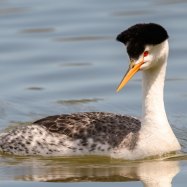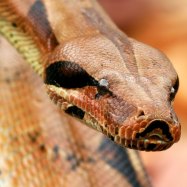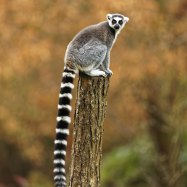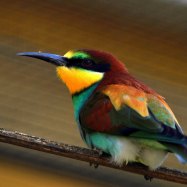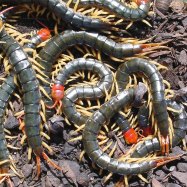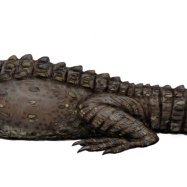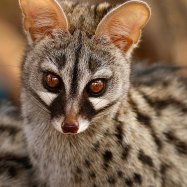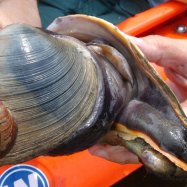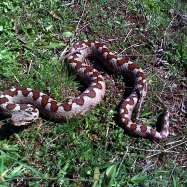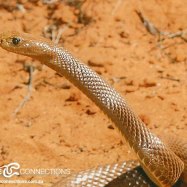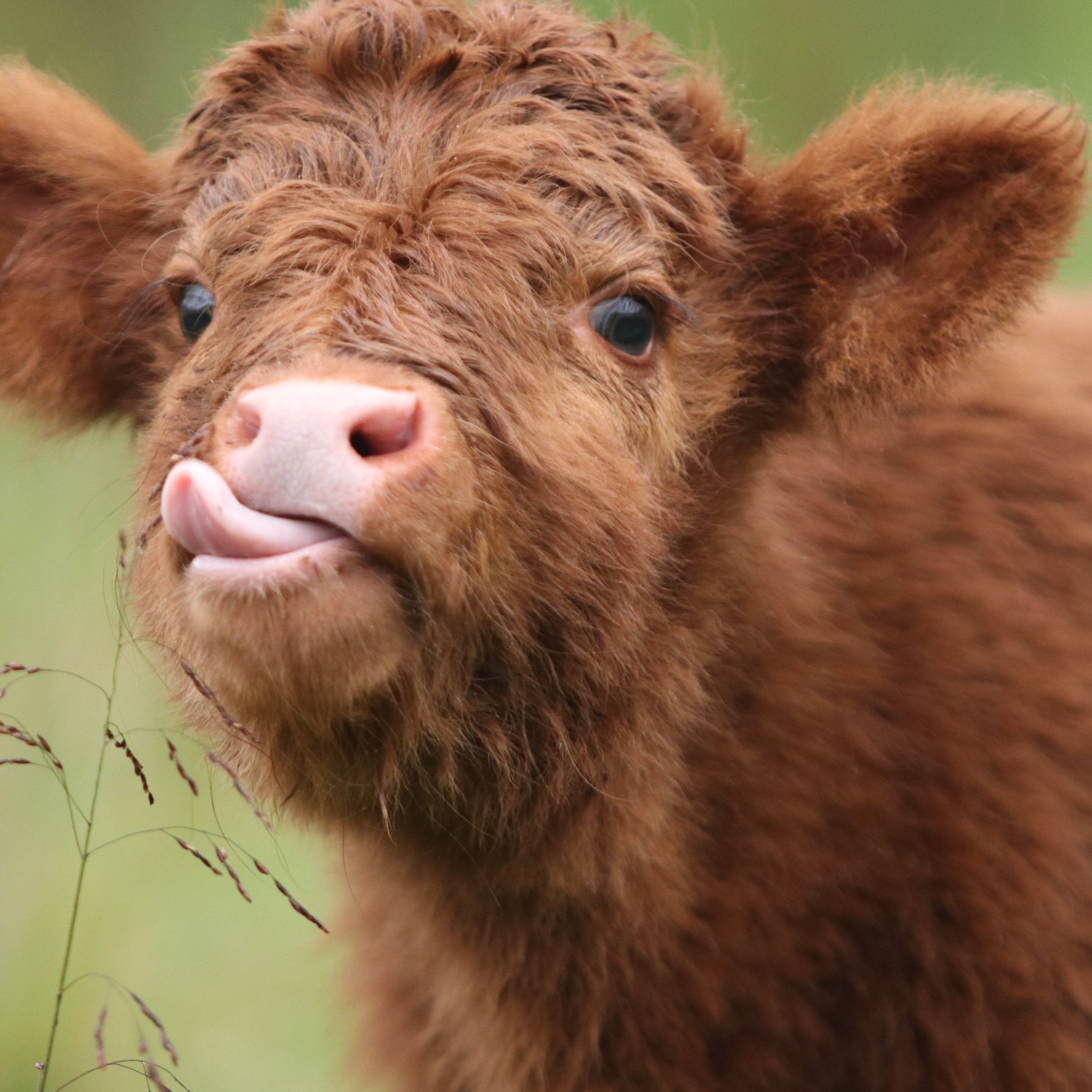
Cow
5 to 9 feet
Cows are large and bulky animals belonging to the Bovidae family. They can range from 5 to 9 feet in length and are commonly found on farms, ranches, and grasslands. With their gentle demeanor and high productivity in producing milk and meat, cows have been an important part of human life for centuries. #animals #cows #farming #ranching #grasslands
Animal Details Summary:
Common Name: Cow
Kingdom: Animalia
Habitat: Grasslands and pastures
The Remarkable World of Cows: A Gentle Giant of the Grasslands
The world is filled with diverse and fascinating creatures, each with their unique features and contributions to the balance of our ecosystems. Among these animals is one of the most common and recognisable farm animals – the cow. Whether you grew up in the countryside or in a bustling city, chances are you have seen a cow at least once in your life. But there's more to these gentle giants than meets the eye Cow.Scientifically known as Bos taurus, the cow belongs to the Animalia kingdom, Chordata phylum, Mammalia class, and Artiodactyla order. It is a member of the Bovidae family, along with other familiar animals such as goats, sheep, and buffalo. These large herbivores can be found all around the world, though their exact country of origin is yet to be discovered.
From Grasslands to Pastures – The Ideal Habitat for Cows
Ask anyone to describe a cow, and the first thing that comes to mind is likely the image of a large, grazing animal in a green pasture. That is because cows are most commonly found in grasslands and pastures, where they can freely roam and feed. They have adapted well to this type of habitat, with their strong legs and hooves, allowing them to move around easily and comfortably.The typical cow's diet consists mainly of grass, making them herbivorous animals. They have a unique digestive system that allows them to efficiently digest and extract nutrients from their diet. In fact, cows can consume up to 100 pounds of food in a single day, an impressive feat for any animal Crab Eating Macaque.
The Colorful World of Cows – Exploring Their Unique Coloration
If you were to take a quick look at a herd of cows, you might conclude that they all look the same – large, bulky, and mostly white or black. While that may be the case for some cows, there is a surprising amount of diversity when it comes to their coloration.Cows come in various shades and patterns, with colors such as red, brown, and even multi-colored coats. These differences in appearance are due to a combination of genetics and breeding. Some cow breeds have been selectively bred for certain color patterns, such as Holstein cows, which are known for their distinctive black and white markings.
The Anatomy of a Cow – Understanding Their Body Shape, Length, and Weight
One of the most notable features of a cow is its large and bulky body shape, commonly referred to as their "cuddly" appearance. Cows can range from 5 to 9 feet in length and weigh around 1400 to 2200 pounds, with bulls being larger than cows. Imagine the sheer size of these animals and how much space they need to move around and thrive.Their body shape is not just for aesthetics, as it serves a practical purpose as well. Cows use their body weight to their advantage when grazing, pushing aside and trampling the grass to make it easier to eat. They also have strong and powerful muscles, allowing them to move with ease and carry heavy loads when needed.
The Versatility of Cows – Beyond Milk and Meat
When we think of cows, we often associate them with milk and meat. Cows indeed play a significant role in the agriculture and food industry, providing us with essential dairy products and meat. However, their contributions do not end there.Cows have also been used for centuries to power agriculture, whether as beasts of burden or for plowing fields. Before the invention of modern farm machinery, cows were crucial in helping farmers cultivate their land and provide for their families. Today, they are still used for this purpose in some parts of the world, highlighting their versatility and importance in agriculture.
From Farm to Table – The Life Cycle of a Cow
Like most animals, cows have a unique life cycle that involves different stages. It starts with breeding, where cows are impregnated by a bull, resulting in a calf. The cow then goes through a gestation period of around nine months before giving birth.Once born, the calf will stay with its mother or the herd for several months, learning essential skills such as grazing and socialising with other cows. During this time, the calf will primarily consume its mother's milk for nutrition, gaining strength and growing rapidly.
As the calf grows, it will eventually become a full-grown cow, ready to reproduce and contribute to the lifecycle once again. Cows can live up to 20 years, with the average dairy cow producing milk for about seven years.
The Benefits of Cows – Their Impact on the Environment
Cows have an incredible impact on the environment, and it goes beyond just providing us with milk and meat. In fact, they play a crucial role in maintaining the balance of grassland ecosystems.As cows graze, they play a part in keeping the grass short and promoting the growth of new and nutritious plants for them and other animals to feed on. They also distribute plant seeds through their dung, helping in the renewal of grasslands. Their manure is also rich in nutrients, which helps fertilize the soil, leading to healthier vegetation.
In Conclusion – The Magnificent Cow and its Contributions to Our World
Cows have been a part of human history for centuries, playing a vital role in agriculture, economy, and even our diet. They may appear simple and docile, but they are impressive animals with unique characteristics and remarkable abilities. From their sturdy bodies to their versatile nature, cows have made significant contributions to society and the environment, earning their place as one of the most remarkable animals on Earth.Next time you see a cow grazing in a green pasture, remember how this gentle giant contributes to our world, and appreciate the extraordinary and magnificent creature that it is.

Cow
Animal Details Cow - Scientific Name: Bos taurus
- Category: Animals C
- Scientific Name: Bos taurus
- Common Name: Cow
- Kingdom: Animalia
- Phylum: Chordata
- Class: Mammalia
- Order: Artiodactyla
- Family: Bovidae
- Habitat: Grasslands and pastures
- Feeding Method: Herbivorous
- Geographical Distribution: Worldwide
- Country of Origin: Unknown
- Location: Farm, ranch, or grassland
- Animal Coloration: Mostly white or black, but various colors exist
- Body Shape: Large and bulky
- Length: 5 to 9 feet
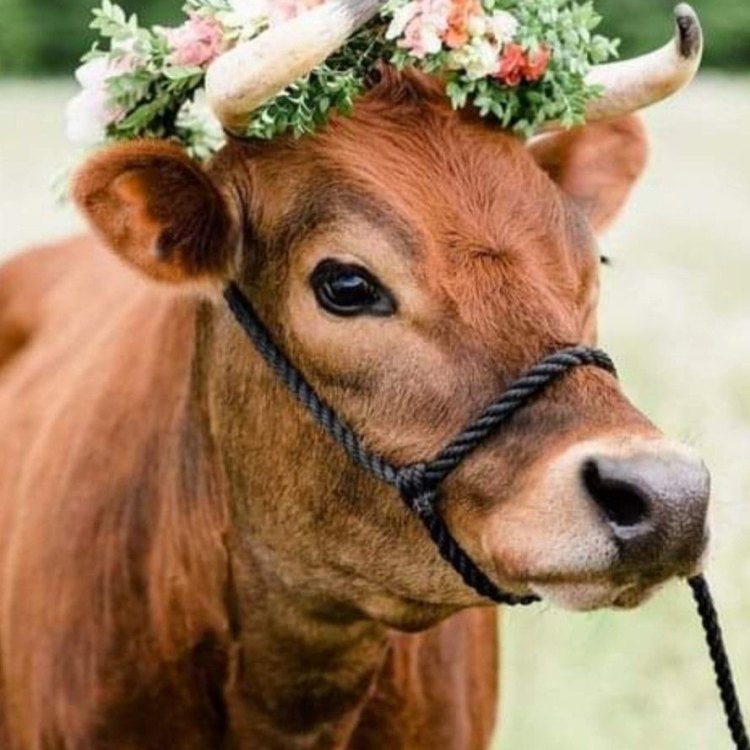
Cow
- Adult Size: Height at shoulder: 4.5 to 6.5 feet, Weight: 1,200 to 2,000 pounds
- Average Lifespan: 15 to 20 years
- Reproduction: Sexual
- Reproductive Behavior: Polygynous (males mate with multiple females)
- Sound or Call: Moo
- Migration Pattern: Non-migratory
- Social Groups: Herds
- Behavior: Gregarious
- Threats: Predation, diseases
- Conservation Status: Domesticated and widely distributed
- Impact on Ecosystem: Essential for agriculture and food production
- Human Use: Milk, meat, leather, draft animal
- Distinctive Features: Large size, distinctive horns
- Interesting Facts: Cows have four stomach chambers to digest plant material more efficiently
- Predator: Large carnivores such as lions or wolves
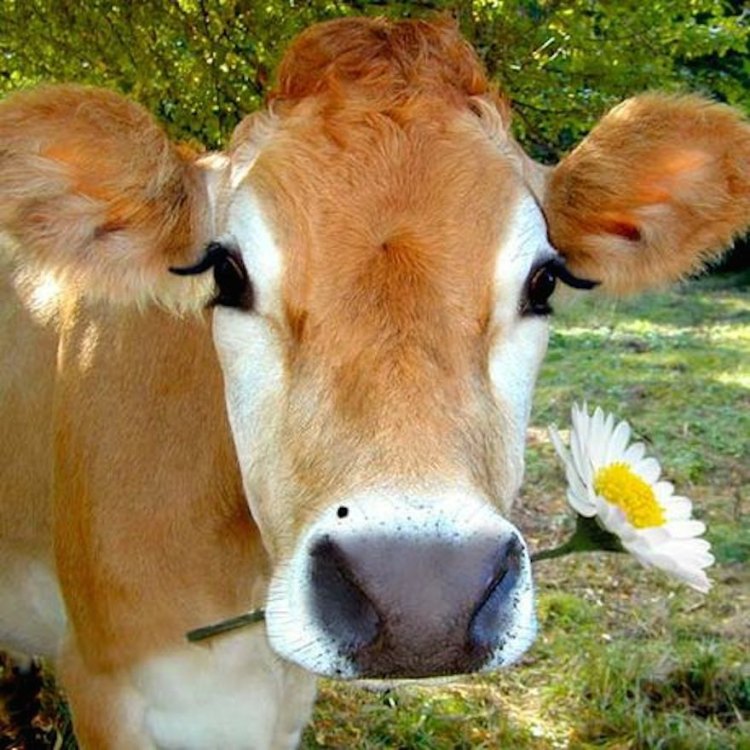
Bos taurus
The Fascinating World of Cows: From Gentle Giants to Essential Livestock
Cows are one of the most recognizable, beloved, and essential animals in the world. These docile creatures have coexisted alongside humans for thousands of years, providing us with milk, meat, and other essential resources. From their unique physical features to their social behavior and role in the ecosystem, cows have captured our attention and interest for centuries.In this article, we will delve into the fascinating world of cows and explore the various aspects that make them such remarkable animals PeaceOfAnimals.Com. From their adult size and lifespan to their reproduction, behavior, and human use, we will uncover the unique features that set cows apart from other creatures and make them essential to our lives and the environment.
Adult Size and Long Lifespan
Cows are among the largest domesticated animals, with an average height of 4.5 to 6.5 feet at the shoulder and a weight of 1,200 to 2,000 pounds. Despite their sizable stature, cows are gentle and peaceful creatures, earning them the nickname "gentle giants."
These magnificent animals have an average lifespan of 15 to 20 years, though some can live even longer. This longevity is attributed to their herbivorous diet and ample care received on farms, where they are primarily domesticated and raised for their milk and meat.
Reproduction and Polygynous Behavior
Cows are sexual creatures, meaning they reproduce through mating. However, their reproductive behavior is different from many other animals in the animal kingdom Corella. Cows exhibit a polygynous behavior, which means that males mate with multiple females within a herd.
During the mating season, also known as rutting, male cows, commonly called bulls, will compete for dominance and access to breeding with the female cows, called cows or heifers. This behavior is crucial in maintaining genetic diversity within the herd and ensuring the survival of the species.
Sound and Migration Patterns
Cows are also known for their unique sound, the iconic "moo" that is synonymous with the countryside. This low-pitched sound is typically used as a means of communication within the herd or to call out for mates.
Unlike many migratory animals, cows are non-migratory, meaning they do not travel long distances as part of their natural behavior. Instead, they are often seen grazing and roaming in their designated pastures, guided and cared for by their human owners.
Social Groups and Gregarious Behavior
Cows are social animals that thrive in herds, forming close bonds with their fellow herd members. These herds typically consist of a dominant bull, several females, and their offspring.
Within the herd, cows exhibit gregarious behavior, meaning they prefer to be in the company of others. This behavior is evident in their daily activities, such as grazing and resting, where they often stick together and engage in mutual grooming and social interactions.
Threats and Conservation Status
While cows are widely distributed and domesticated, they still face various threats in their natural habitat. Their large size and docile nature make them easy prey for large carnivores like lions, wolves, and bears.
In addition, cows are also susceptible to diseases, which can be devastating to the entire herd if not managed properly. As such, while their conservation status is not a concern, their well-being and safety are still a top priority for farmers and ranchers worldwide.
Human Use and Impact on the Ecosystem
Cows have played a significant role in human history, dating back to the domestication of their wild ancestor, the Aurochs, over 10,000 years ago. Today, cows are used for various purposes, including providing dairy products such as milk, cheese, and butter, as well as meat and leather products.
However, beyond their value as a source of food and materials, cows also play a crucial role in sustaining our ecosystem. Their grazing behavior helps maintain healthy grasslands and pastures, which are essential for maintaining soil fertility and preventing erosion. As such, cows are vital for agriculture and food production, making them a vital part of our lives and the environment.
Distinctive Features and Interesting Facts
Cows are known for their distinctive appearance, characterized by their large size and distinctive horns. However, there are many other unique features that make cows stand out from other animals. For example, cows have four stomach chambers to digest plant material more efficiently, a trait that is essential for their herbivorous diet.
Additionally, cows have a keen sense of smell and are known to have a strong maternal instinct, often fiercely protecting their young from any potential threats. These animals also have an excellent memory and can recognize individual humans and other cows from their herd.
Predators of Cows
While cows are essential to humans for their various uses and contributions to our ecosystem, they are also an important prey species for large carnivores. Lions, wolves, and bears are among the top predators of cows in the wild, often targeting vulnerable members of the herd, such as calves or sick or injured individuals.
To protect their livestock, farmers and ranchers implement various measures, such as fencing, guard dogs, and even human supervision, to deter and prevent attacks from these predators.
In conclusion, cows are more than just food-producing animals. They are intelligent, social, and essential creatures that have coexisted with humans for thousands of years. From their impressive size and long lifespan to their unique behaviors and contributions to the ecosystem, cows are a fascinating species that continue to capture our hearts and play a vital role in our lives. So the next time you see a cow grazing in a pasture, take a moment to appreciate these gentle giants and their remarkable traits.
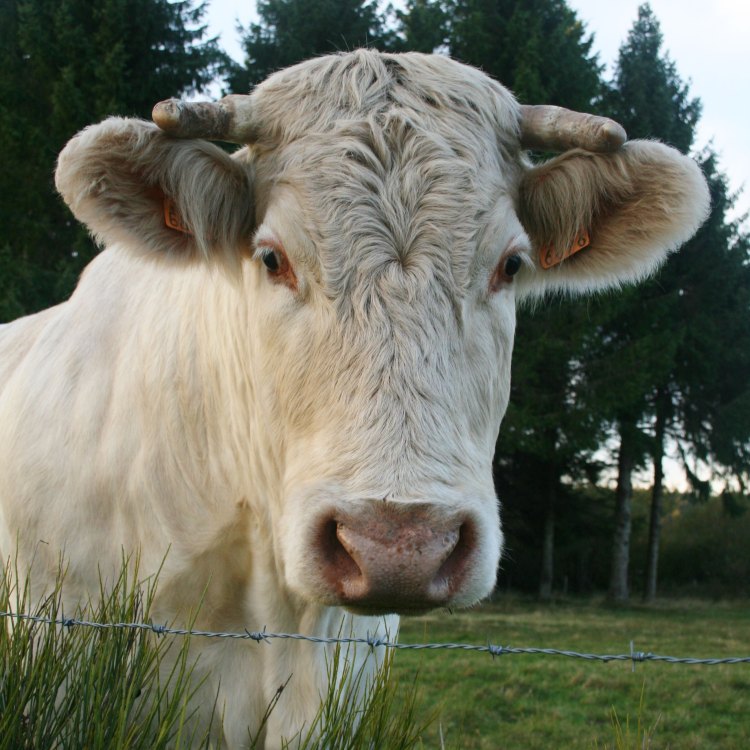
The Remarkable World of Cows: A Gentle Giant of the Grasslands
Disclaimer: The content provided is for informational purposes only. We cannot guarantee the accuracy of the information on this page 100%. All information provided here may change without prior notice.


